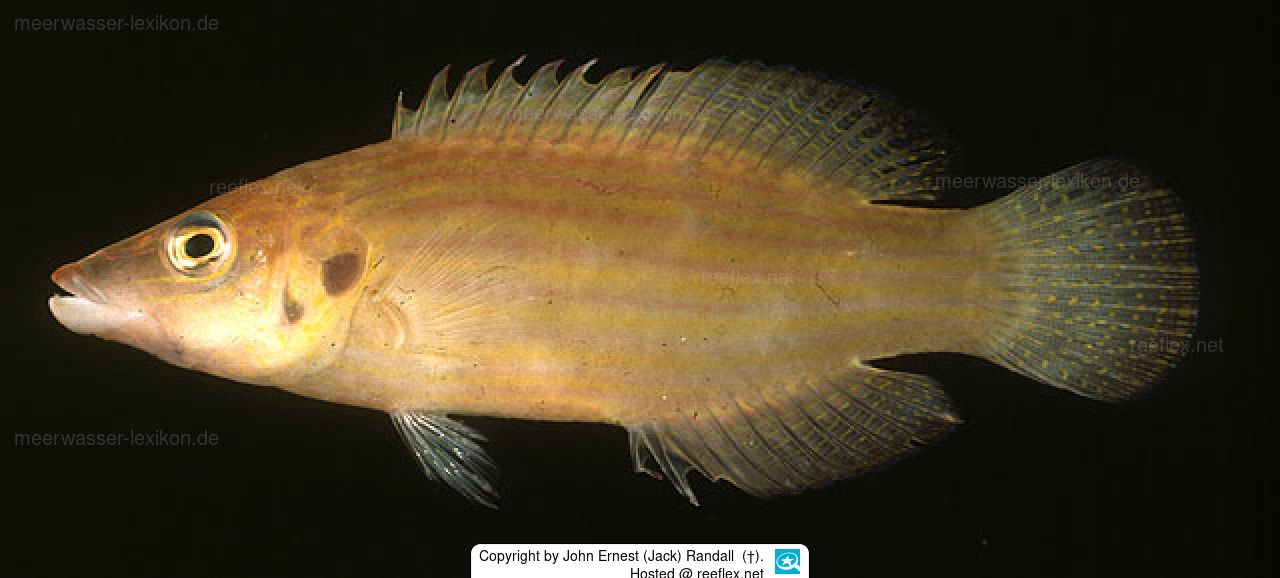Info
Pseudocheilinus dispilus, Randall, 1999
Dwarf wrasses (Pseudocheilini) usually only grow between 6 and 12 centimeters in length, making them much more suitable for reef aquaristics than other wrasse species that often grow large.
Pseudocheilinus species live hidden among corals and hunt small crustaceans in crevices and interstitial spaces.
Pseudocheilinus are often quite sensitive to transport, but after acclimation then quite durable.
The Pseudocheilinus species do not sleep in the sand at night but look for a quiet place and surround themselves with a cocoon (a kind of protective cloak that suppresses the smell for predators).
Jumping guard
A jumping guard prevents (nocturnal) fish from jumping out.
Wrasses, blennies, hawkfishs and gobies jump out of an unprotected tank in fright if their night rest is disturbed, unfortunately these jumpers are found dried up in the morning on carpets, glass edges or later behind the tank.
https://www.korallenriff.de/en/article/1925_5_Jump_Protection_Solutions_for_Fish_in_the_Aquarium__5_Net_Covers.html
A small night light also helps, as it provides the fish with a means of orientation in the dark!
Dwarf wrasses (Pseudocheilini) usually only grow between 6 and 12 centimeters in length, making them much more suitable for reef aquaristics than other wrasse species that often grow large.
Pseudocheilinus species live hidden among corals and hunt small crustaceans in crevices and interstitial spaces.
Pseudocheilinus are often quite sensitive to transport, but after acclimation then quite durable.
The Pseudocheilinus species do not sleep in the sand at night but look for a quiet place and surround themselves with a cocoon (a kind of protective cloak that suppresses the smell for predators).
Jumping guard
A jumping guard prevents (nocturnal) fish from jumping out.
Wrasses, blennies, hawkfishs and gobies jump out of an unprotected tank in fright if their night rest is disturbed, unfortunately these jumpers are found dried up in the morning on carpets, glass edges or later behind the tank.
https://www.korallenriff.de/en/article/1925_5_Jump_Protection_Solutions_for_Fish_in_the_Aquarium__5_Net_Covers.html
A small night light also helps, as it provides the fish with a means of orientation in the dark!







 Dr. John Ernest (Jack) Randall (†), Hawaii
Dr. John Ernest (Jack) Randall (†), Hawaii







